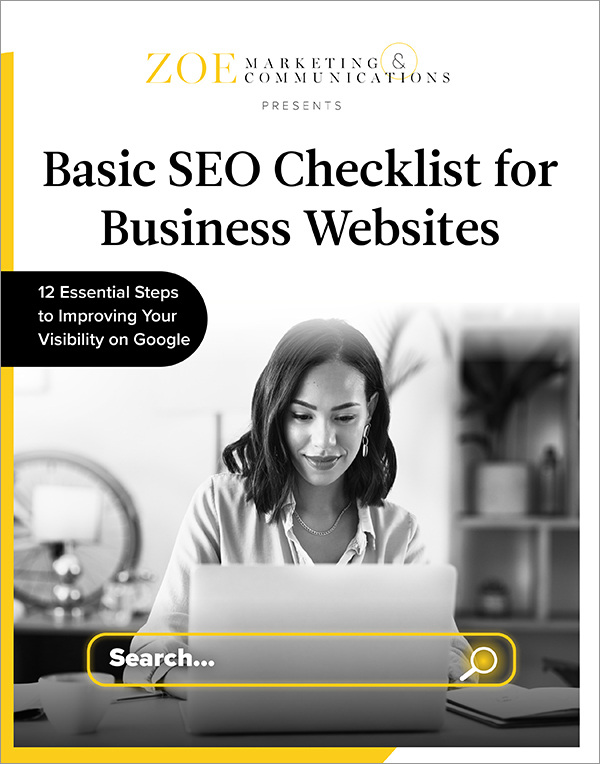
Download Your Basic SEO Checklist
Unlock the fundamentals of search engine optimization. This checklist provides step-by-step guidance to improve your site’s search ranking.
Topics:

If you Google “how long does SEO take?” the answer will likely be 4-12 months — and usually on the longer end. That can feel frustrating, especially when you’re creating content that answers real search questions.
Which is just what SEO (seach engine optimization) should be rewarding, right?
At Zoe Marketing & Communications, we see this often. Even when clients understand that SEO is a long game, the lag can feel disappointing.
So, what’s the holdup? Below are six key reasons it takes Google time to find your content — and why slow and steady wins the SEO race.
Unlock the fundamentals of search engine optimization. This checklist provides step-by-step guidance to improve your site’s search ranking.
SEO isn’t instant because Google’s process is complex. Here’s why ranking takes a while.
The 4-12 month window depends on consistency, content quality and competition. Here’s a rough timeline:
If you’re expecting major results at 1-2 months, keep expectations low. At Zoe, new clients see a few hundred page views early on — 1,000+ for established clients — but meaningful growth takes time.
While you can’t force Google to rank your content faster, promotion helps.
SEO isn’t instant; it’s about building credibility over time. Here, you learned that it takes 4-12 months for traction — and promotions, backlinks and consistency can help.
Want expert SEO guidance? Talk to us at Zoe Marketing & Communications. Since 2020, we’ve helped businesses reach their SEO goals, slowly but surely.
Still researching? Read more:

Unlock the fundamentals of search engine optimization. This checklist provides step-by-step guidance to improve your site’s search ranking.
As Zoe Marketing & Communications’ content manager, Kim Kovelle brings over 20 years of writing and editing experience in metro Detroit. She has strong roots in community journalism and a knack for making complicated topics make more sense.
Topics:
